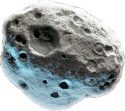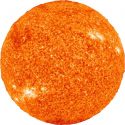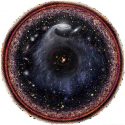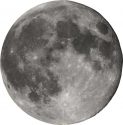 Hubble Space Telescope is a very famous space observatory that has been watching the universe since 1990. Its observations have revolutionized the field of astronomy, such as the discovery of dark matter, age of our universe, black holes, and a large number of galaxies.
Hubble Space Telescope is a very famous space observatory that has been watching the universe since 1990. Its observations have revolutionized the field of astronomy, such as the discovery of dark matter, age of our universe, black holes, and a large number of galaxies.
What is Hubble Space Telescope?
Hubble Space Telescope (HST) is a very large telescope that has been placed in the orbit around the Earth. It was designed and launched by NASA in 1990 to study the deep space in more detail.
Hubble is not the only one in space; there are actually several space telescopes. The reason that Hubble got popularity is because of its ground-breaking discoveries. Moreover, there have been several repairs and upgrade mission to increase the capabilities of the Hubble to look in space even in more detail.
Design and Construction
Hubble is cylindrical in shape and is fitted with solar panels for generating electricity from solar radiation. Inside the cylindrical tube, the Hubble is fitted with a mirror whose diameter is about 2.4 meters (8 feet). The mirror is a very crucial component of the Hubble because it is responsible for capturing electromagnetic radiation.
Instruments in the Hubble Telescope
Hubble space telescope is equipped with many instruments used for extracting the information from observations. All the instruments can be categorized into 3 types which are spectrographs, cameras, and interferometers. These instruments have the capability to observe the ultraviolet, visible, and near-infrared electromagnetic radiations.
Important Discoveries by Hubble Telescope
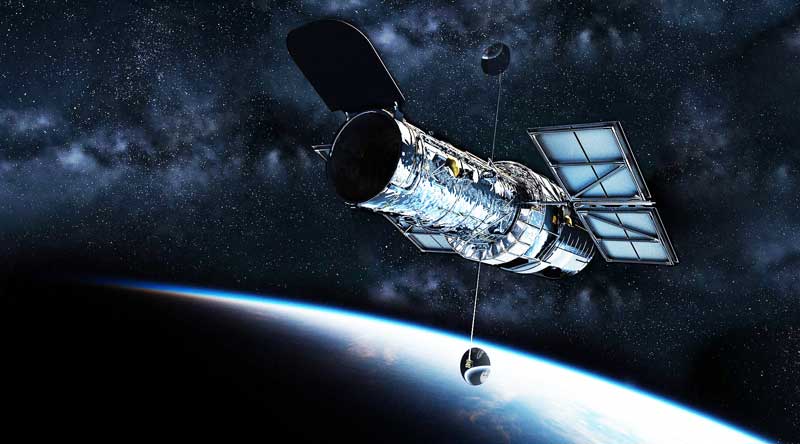 Hubble played an important role in many astronomical breakthroughs and has discovered many new space objects and phenomena. The most important discoveries made by the Hubble are:
Hubble played an important role in many astronomical breakthroughs and has discovered many new space objects and phenomena. The most important discoveries made by the Hubble are:
- Dark Matter 3D Map – Dark matter is a type of matter whose existence is only confirmed by its gravitational force. Astronomers have observed the distortion of light coming from distant parts of the universe with the help of Hubble. From these observations, they have mapped in 3D the distribution of dark matter in the universe.
- Dark Energy – A famous astronomer, Edwin Hubble, in 1929 discovered that the universe is expanding. Further observations from the Hubble telescope suggest that the universe is not only expanding but the rate at which it is expanding is also increasing. The expansion of the universe at an accelerating rate gives rise to dark energy that is behind all the scenes.
- Gamma-Ray Bursts (GRBs) – Gamma-Ray Bursts are the result of the universe’s most powerful explosion known as a supernova. There were confusions regarding the origin of GRBs, but observations from the Hubble suggested that, galaxies in which stars form very actively counts for most of the supernovae and GRBs.
- Age of the Universe – There were huge debates in the community of astronomers about the actual age of the universe. Before the findings from Hubble, astronomers came with many joke-like scenarios in which the age of some stars was more than the age of our universe. After the Hubble telescope findings, scientists finally came closer to the actual age of our universe which is at 13.75 billion years.
- Black Holes – Black holes are the objects in space whose density, theoretically, reaches to infinity and nothing can escape its immense gravity – even light. Hubble findings show that supermassive black holes are present in the center of the most galaxies – including our own Milky Way galaxy.
Facts
- When Hubble was launched successfully in Earth’s orbit, its mirror became faulty. The faulty mirror made the Hubble mostly useless until it was repaired by astronauts in a space shuttle mission.
- Pluto is a very distant object from the Sun which makes it harder to clearly look from the Earth. But, Hubble Space Telescope was able to look at it and find its 2 new moons; Hydra and Nix.
- Hubble’s technology has become very older and it is planned to be succeeded by another cutting-edge technology telescope, called James Webb Telescope.
